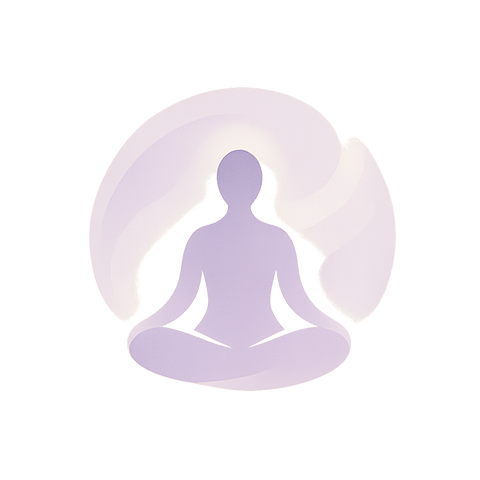Discover the Power of Deep Breathing: A Guide to Enhancing Your Meditation Practice
In the fast-paced world we live in, finding moments of tranquility can feel like an impossible task. Stress and anxiety often overshadow our days, leaving us feeling overwhelmed and disconnected. However, there’s a simple yet profound technique that can transform your meditation practice and bring more peace into your life: deep breathing.
Deep breathing is not just about inhaling and exhaling; it’s a pathway to grounding yourself and reconnecting with your inner self. When we practice deep breathing, we activate our body’s natural relaxation response. This process can shift our focus away from chaos and toward calmness, allowing us to navigate through life’s challenges with clarity and resilience.
The Essence of Deep Breathing
At its core, deep breathing involves taking long, slow, and controlled breaths. This technique encourages a fuller exchange of oxygen and carbon dioxide, which is essential for maintaining physical health. More importantly, it helps quiet the mind, making it easier to enter a meditative state.
How Deep Breathing Enhances Your Meditation
Integrating deep breathing into your meditation practice can significantly enhance your experience. Here’s how:
- Increases Focus: By centering your attention on your breath, you create a focal point that helps minimize distractions. This focus makes it easier to enter a meditative state and remain present in the moment.
- Reduces Stress: Deep breathing activates the parasympathetic nervous system, which induces relaxation. As you breathe deeply, you signal to your body that it’s time to unwind, reducing feelings of tension and anxiety.
- Improves Emotional Well-being: The rhythmic nature of deep breathing can cultivate a sense of emotional balance. It encourages mindfulness, allowing you to observe your thoughts and feelings without judgment.
Simple Deep Breathing Techniques
Starting your deep breathing practice doesn’t have to be complicated. Here are a few techniques to get you started:
- Diaphragmatic Breathing: Sit or lie down comfortably. Place one hand on your chest and the other on your abdomen. Inhale deeply through your nose, allowing your abdomen to rise while keeping your chest still. Exhale slowly through your mouth. Repeat for several minutes.
- Box Breathing: Inhale through your nose for a count of four, hold your breath for a count of four, exhale through your mouth for a count of four, and pause for another count of four before inhaling again. This structured method can help regulate your breath and calm your mind.
- 4-7-8 Breathing: Inhale for a count of four, hold your breath for seven counts, and then exhale slowly for eight counts. This technique can promote relaxation and prepare you for deeper meditation.
Making Deep Breathing a Habit
To truly harness the power of deep breathing, consider incorporating it into your daily routine. Whether it’s a few minutes in the morning, a mid-day pause, or a calming evening ritual, making deep breathing a part of your life can profoundly impact your overall well-being.
As you explore the tranquil waters of meditation, remember that deep breathing is your anchor. It serves as a bridge, leading you from the noise of the external world into the serene depths of your inner self. Embrace this powerful practice, and discover how it can enrich not only your meditation but your entire life.




